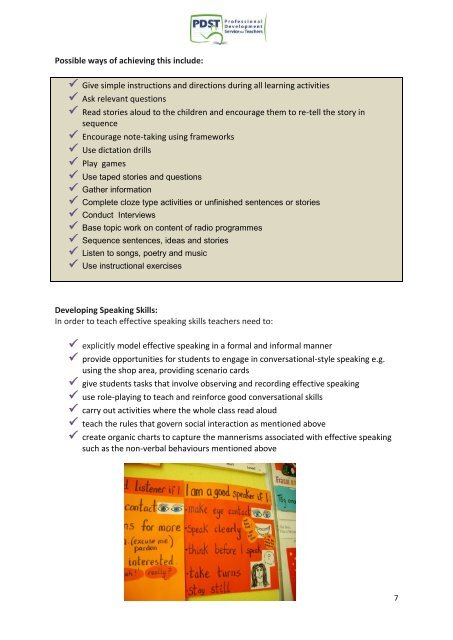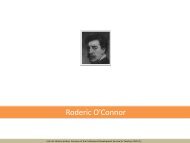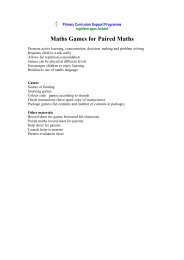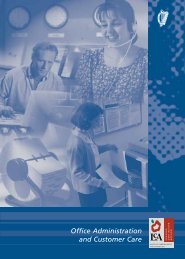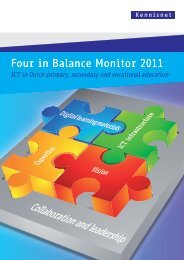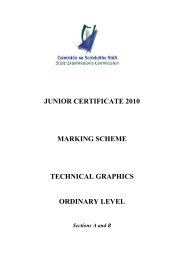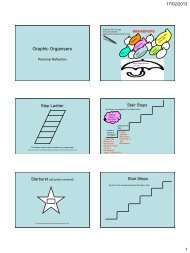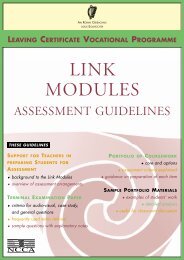Five Components of Effective Oral Language Instruction - PDST
Five Components of Effective Oral Language Instruction - PDST
Five Components of Effective Oral Language Instruction - PDST
Create successful ePaper yourself
Turn your PDF publications into a flip-book with our unique Google optimized e-Paper software.
Possible ways <strong>of</strong> achieving this include:<br />
� Give simple instructions and directions during all learning activities<br />
� Ask relevant questions<br />
� Read stories aloud to the children and encourage them to re-tell the story in<br />
sequence<br />
� Encourage note-taking using frameworks<br />
� Use dictation drills<br />
� Play games<br />
� Use taped stories and questions<br />
� Gather information<br />
� Complete cloze type activities or unfinished sentences or stories<br />
� Conduct Interviews<br />
� Base topic work on content <strong>of</strong> radio programmes<br />
� Sequence sentences, ideas and stories<br />
� Listen to songs, poetry and music<br />
� Use instructional exercises<br />
Developing Speaking Skills:<br />
In order to teach effective speaking skills teachers need to:<br />
� explicitly model effective speaking in a formal and informal manner<br />
� provide opportunities for students to engage in conversational-style speaking e.g.<br />
using the shop area, providing scenario cards<br />
� give students tasks that involve observing and recording effective speaking<br />
� use role-playing to teach and reinforce good conversational skills<br />
� carry out activities where the whole class read aloud<br />
� teach the rules that govern social interaction as mentioned above<br />
� create organic charts to capture the mannerisms associated with effective speaking<br />
such as the non-verbal behaviours mentioned above<br />
7


